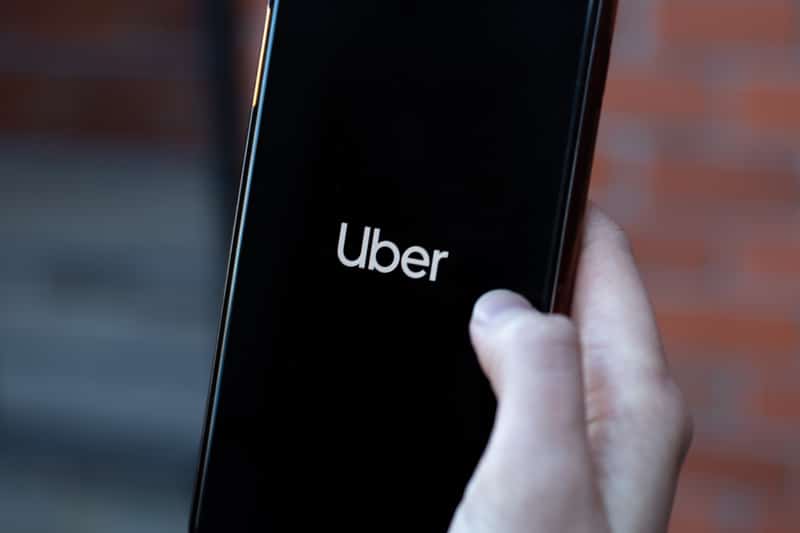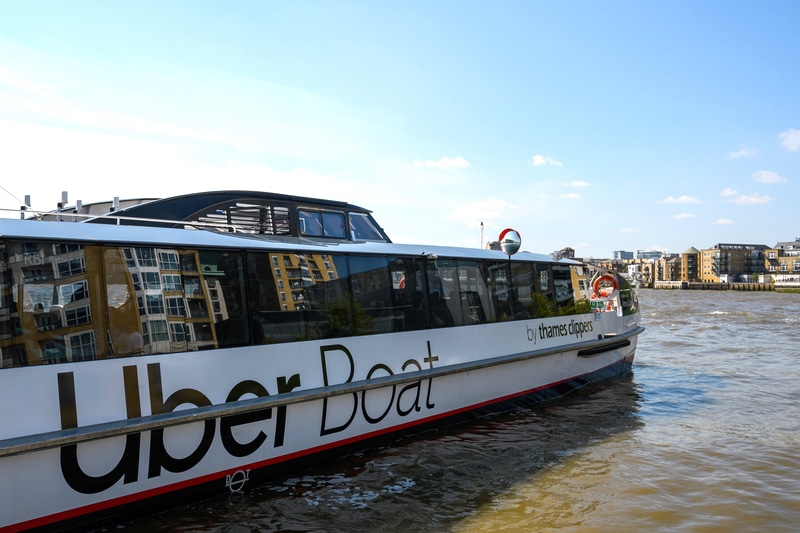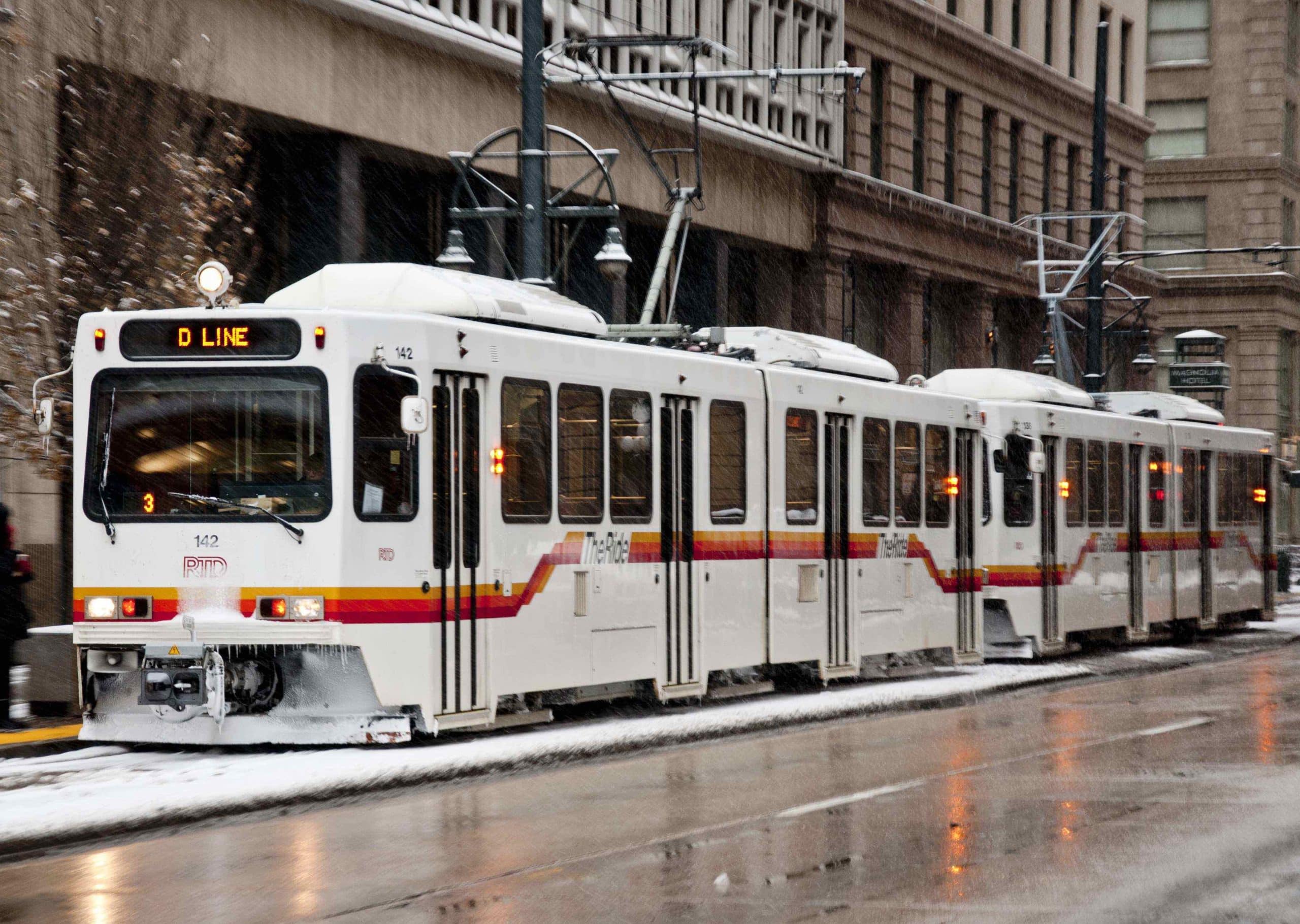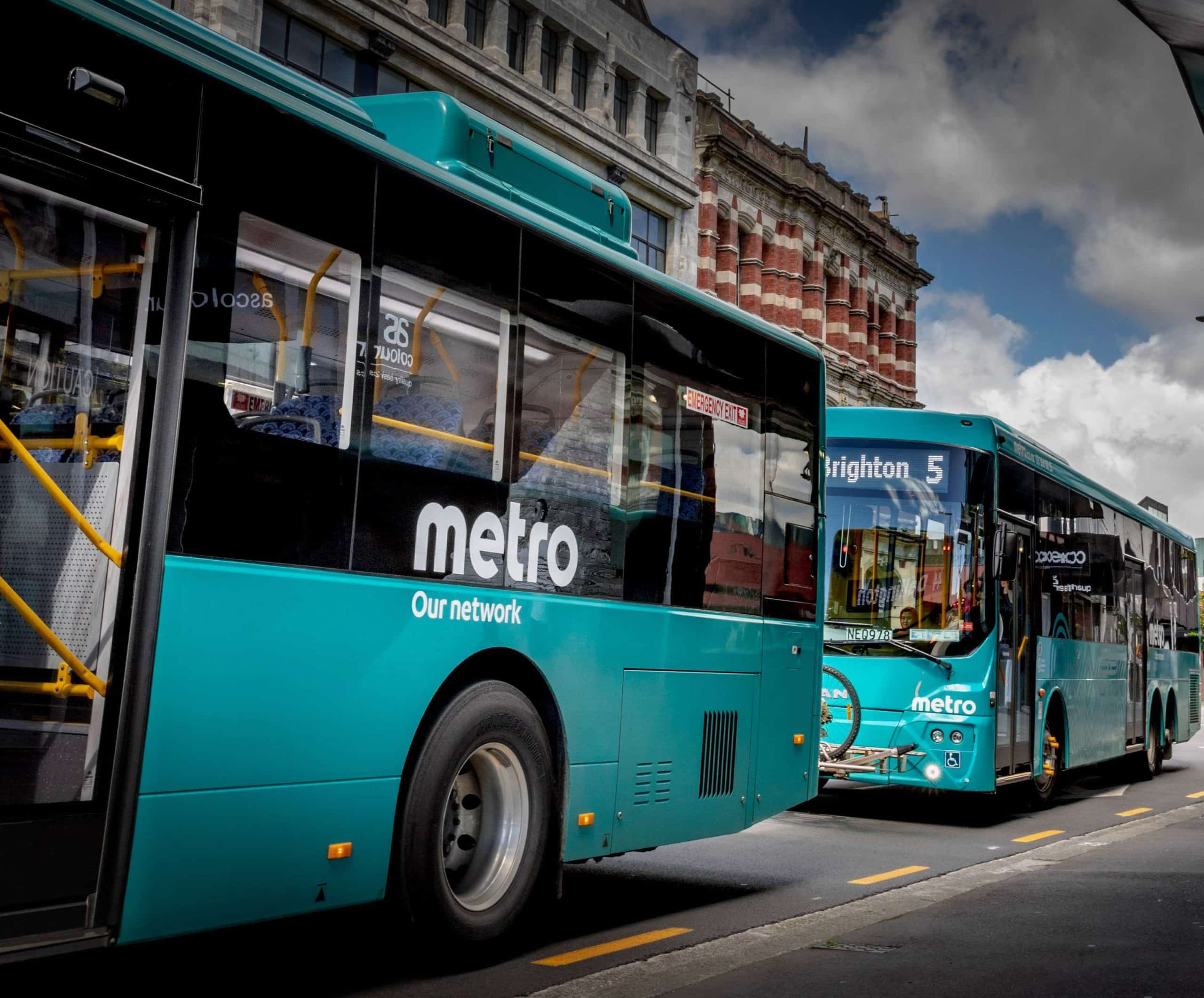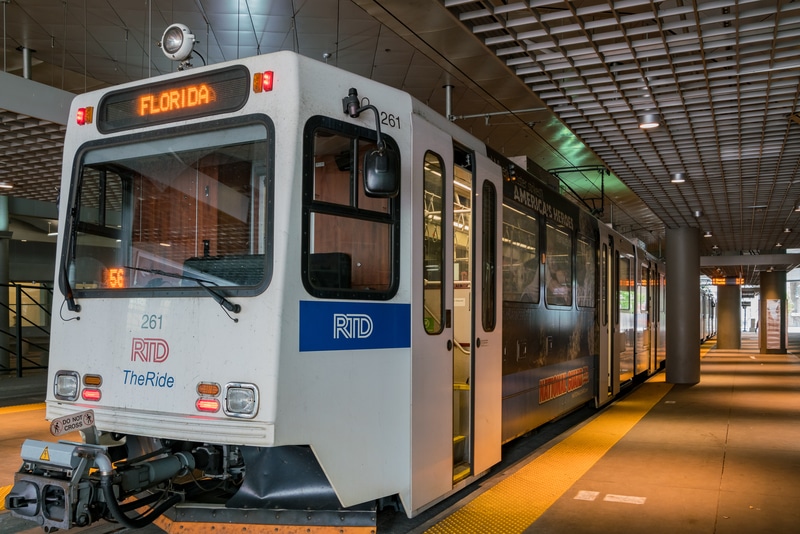
Article Highlights
The Regional Transportation District, or RTD, of Denver, continues to see only modest increases in mobile ticketing from third-party apps, and overall use of mobile ticketing has not greatly expanded during the pandemic, Mobility Payments has learned.
Chart: RTD-Denver–total fare revenue breakdown
Chart: RTD Denver-ticket sales by apps
• RTD Denver
• Uber
• Lyft
• Transit
• Masabi
The Regional Transportation District, or RTD, of Denver, continues to see only modest increases in mobile ticketing from third-party apps, and overall use of mobile ticketing has not greatly expanded during the pandemic, Mobility Payments has learned.







